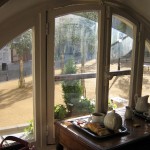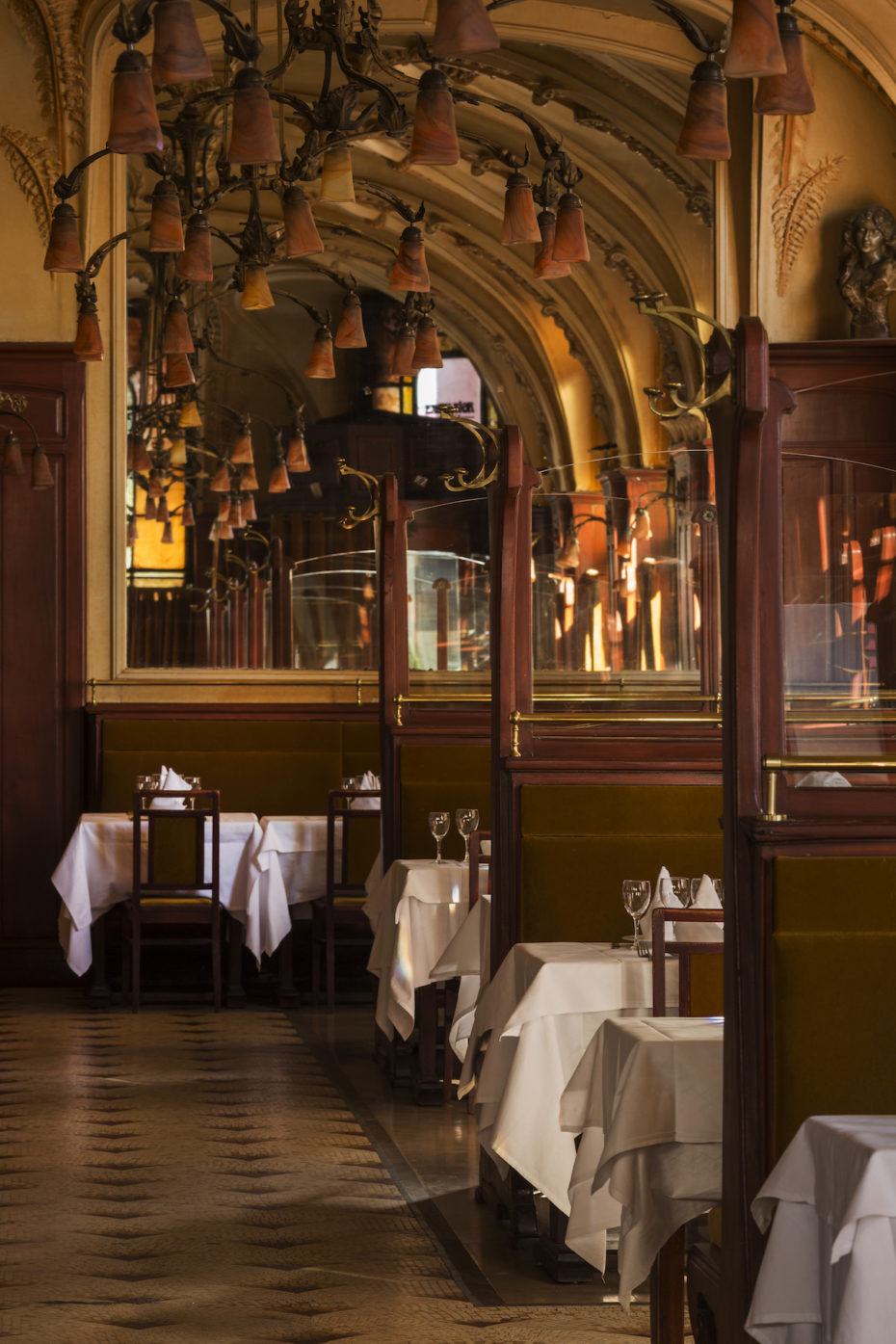
© Oskar Proctor
I‘m gastronomically-challenged when it comes to the French brasserie. The truth is, I really have no idea if the food is any good because I’m too busy side-eyeing the floor tiles, the typefaces, ogling at the glass ceiling and imagining the entire scene exactly as it was 50 or 100 years ago. Walk into any of the legendary brasseries of France and it’s the easiest and most efficient way to travel back in time – so really, who gives a toss about the Tartare? I met someone who agrees with me; someone who worries about old things and chooses history and heart over trendy modern restaurants boasting the hottest young chefs. And that someone is on a mission to revive the golden age of the French brasserie…
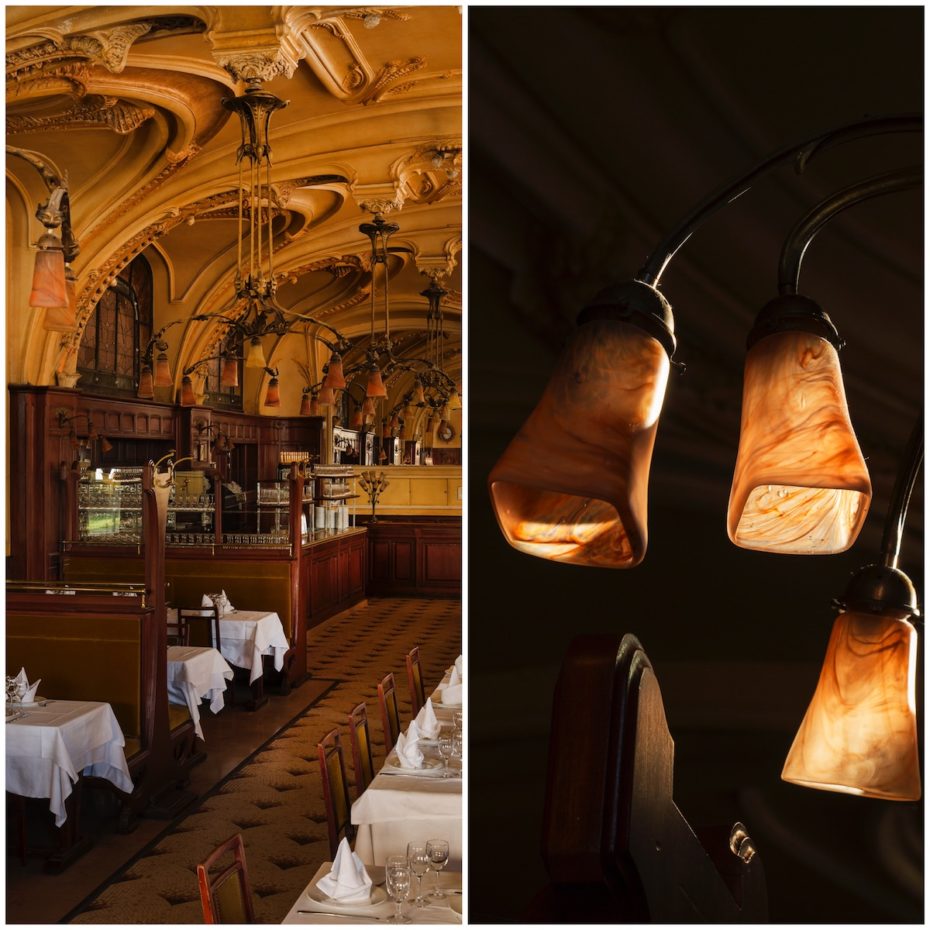
© Oskar Proctor
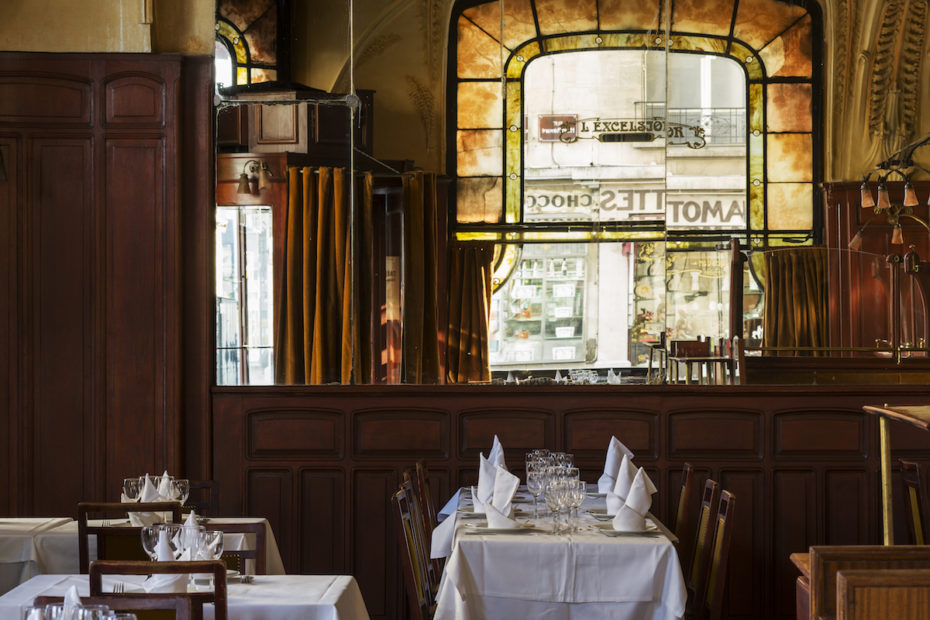
© Oskar Proctor
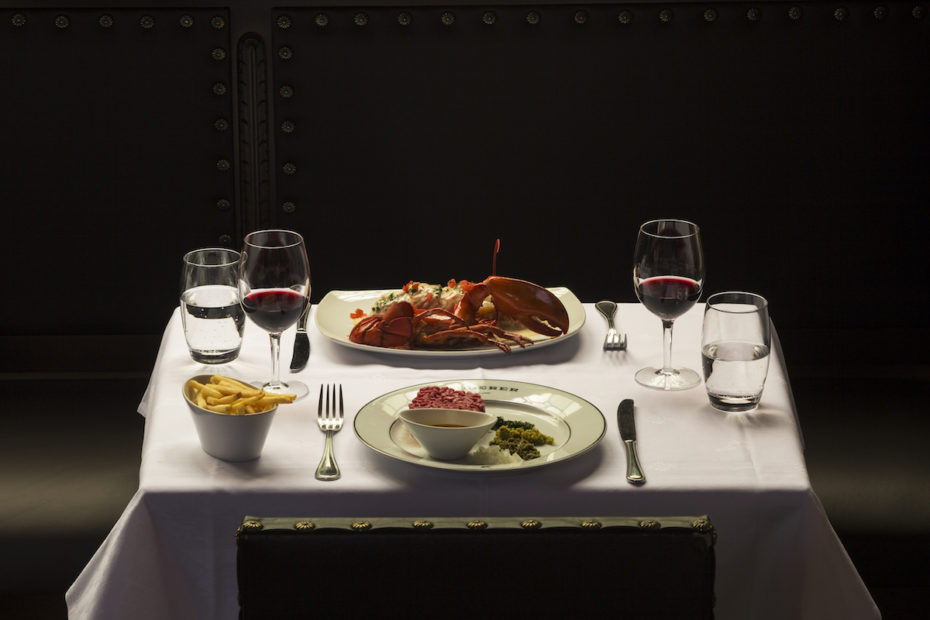
© Oskar Proctor
Neglected by the Frenchies, labeled as tourist traps by vitriolic reviewers on Tripadvisor, they’re in need of a bit of rescuing, and John Whelan is that guy. An acutely talented Englishman torn between Paris and London, Whelan is the founder of The Guild of Saint Luke, sounding appropriately like the group of knights in shining armour that will save us all from an ugly plastic world. His troupe of young artists, architects and artisans work the old fashioned way. They restore and redesign historical monuments to make them relevant again for the 21st century, teasing out the soul of a place, ever so carefully.
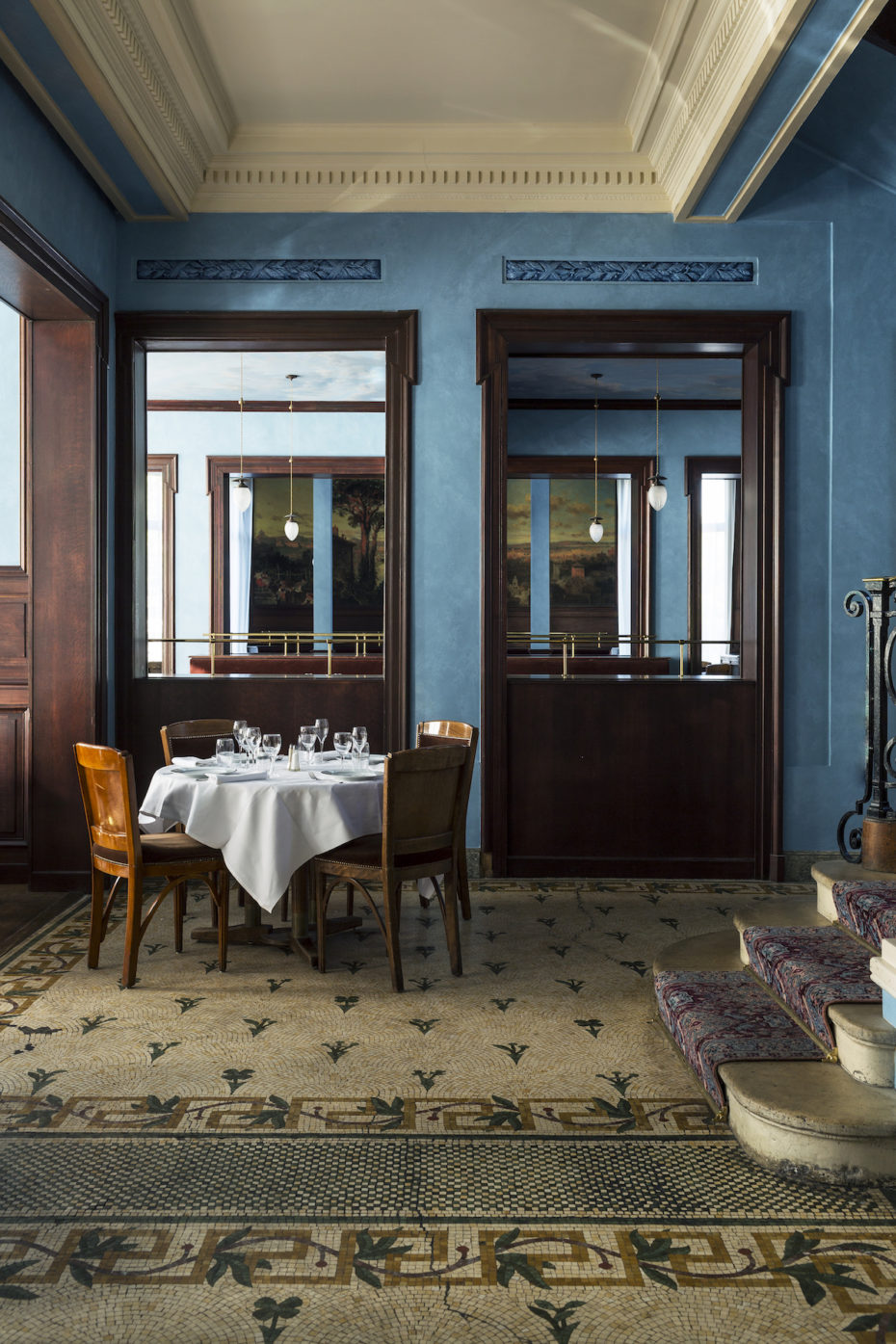
© Oskar Proctor
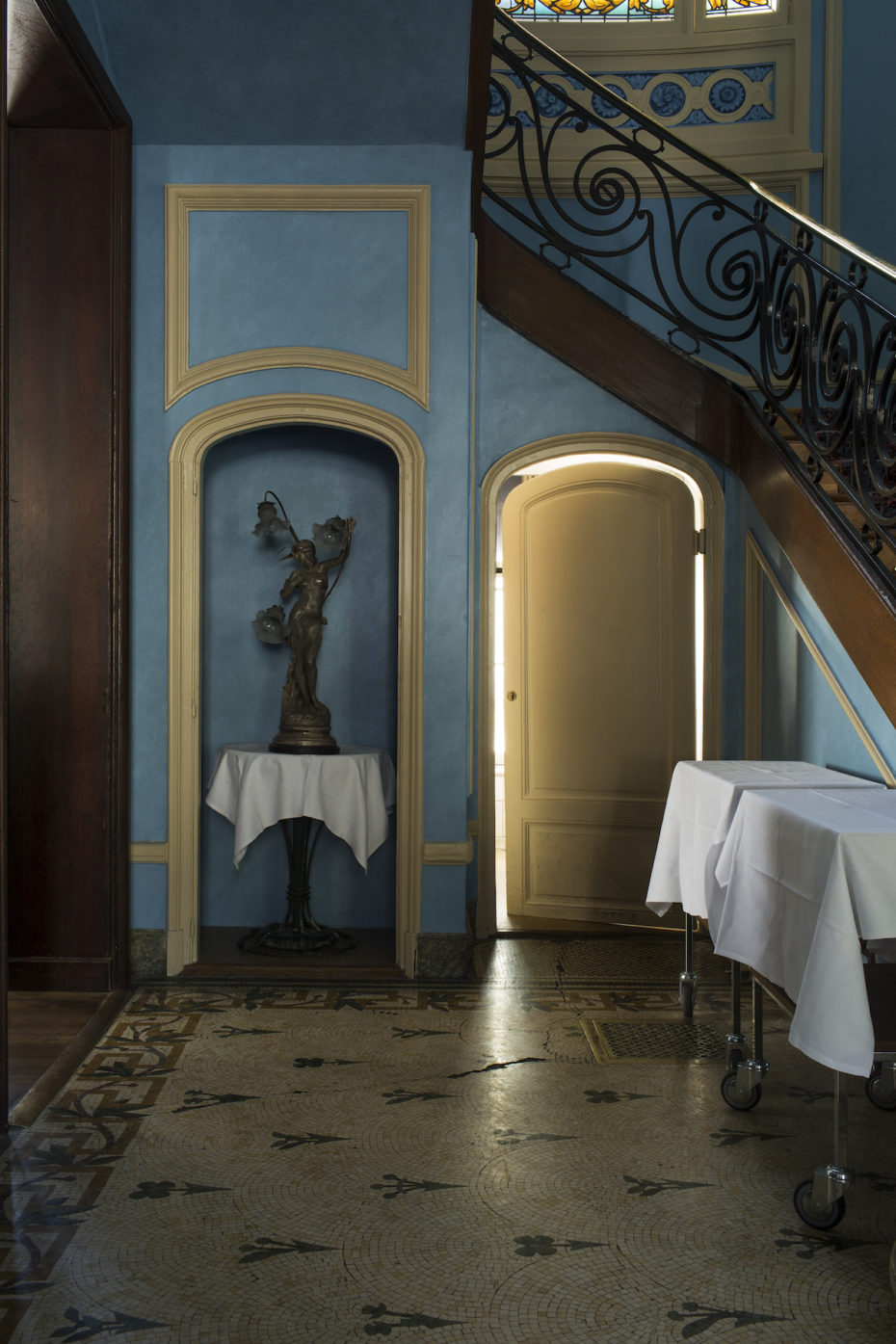
© Oskar Proctor
Breathing new life into the iconic French brasserie has been an ambition of Whelan for many years, so when he met a restaurateur determined to improve the food and service of some of the biggest-reputation brasseries in the country, John jumped into the role of creative director without hesitation. The legendary Brasserie Floderer and Julien are among his list of giants; some of the most beautiful and quintessentially Parisian establishments.
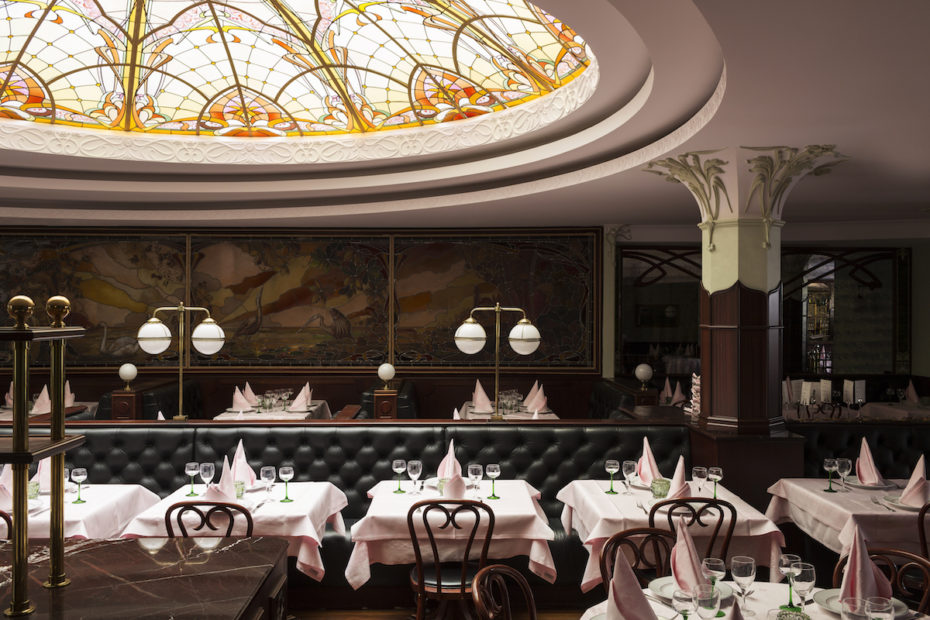
© Oskar Proctor
“How they can inspire a legion of imitators around the world yet not live up to their illustrious heritage has been a source of frustration. Now’s the chance to put things right.” One by one, the task is to re-create the original, authentic brasserie, from their menus to their murs, employing estranged techniques such as sculpted plaster and decorative paint.
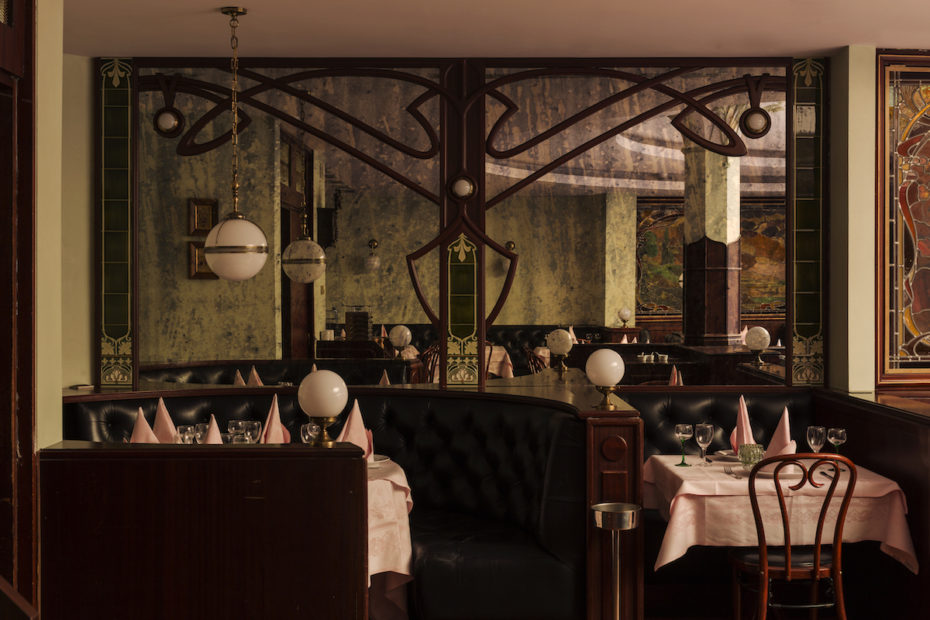
© Oskar Proctor
With brasseries across the country now under the wing of Whelan’s Guild, including the Excelsior brasseries in Nancy and Reims (champagne country) and Floderer in Strasbourg, they are once again destinations to seek out; places to rediscover the visual opulence that was commonplace at the turn of the 19th Century.
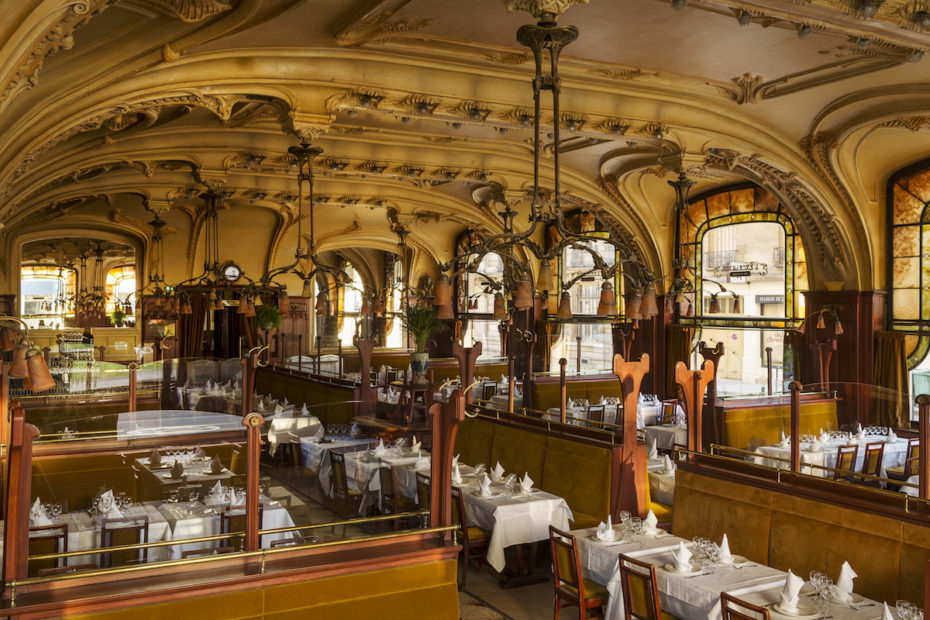
© Oskar Proctor
Strikingly documented by photography and interiors maestro, Oskar Proctor, the result is a long-overdue ode to the iconic French brasserie. And you’ve never seen these grand old dames like this before..
I will always choose an historic brasserie on a dark winter’s evening. There’s nothing more nourishing for the soul than seeing the magnificent decor sparkling in the mirrors. It restores one’s faith in civilisation.
What did the brasseries want to keep and what did they want you to change?
Whelan: They want to keep everything which is beautiful and remove everything which is ugly. Very simply, that means keep the old, get rid of the new! Example: studio spot lights. An abomination that plagued restaurants in the naughties. I get rid of all that, and keep lighting warm with wall sconces and chandeliers only, as was the case in the 20s.
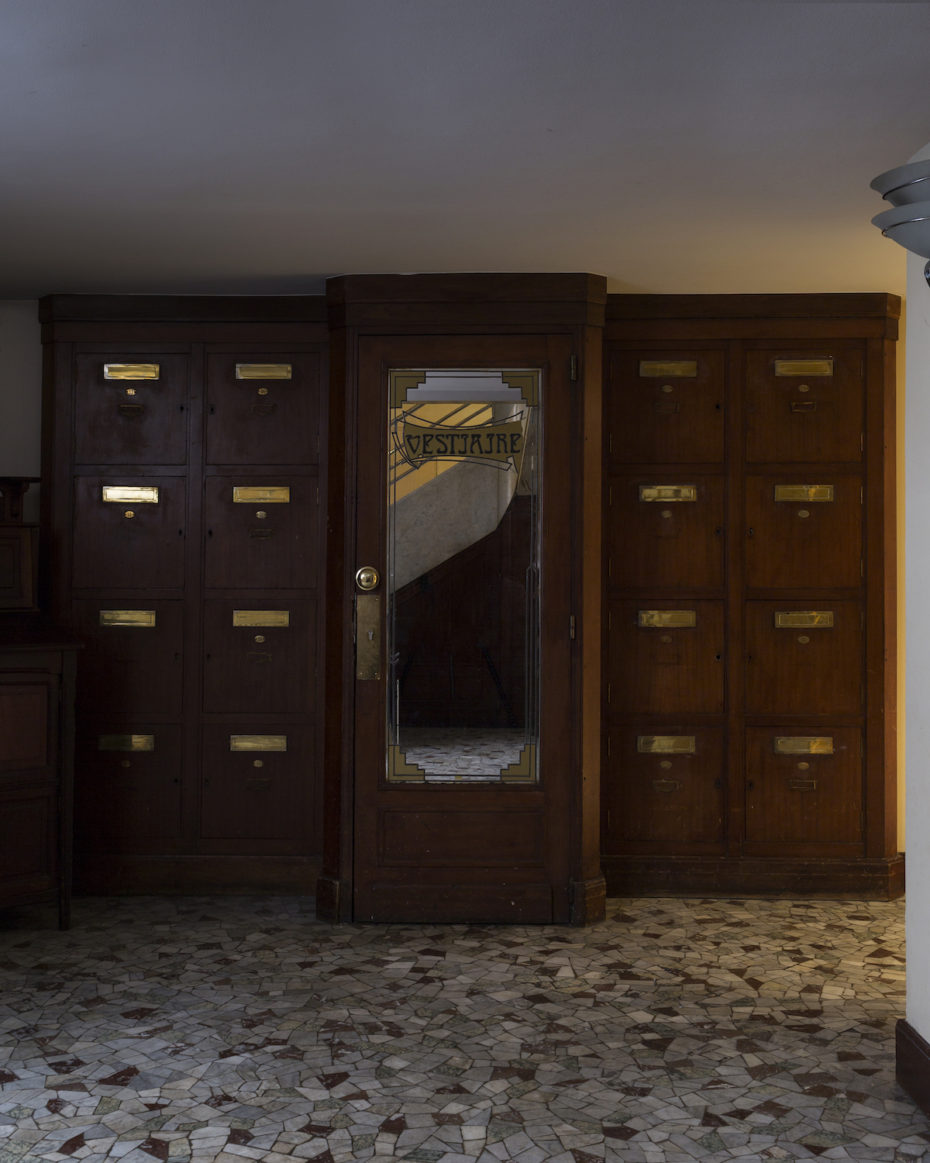
© Oskar Proctor
Are you restricted or spoilt for choice when working with such historic venues?
Whelan: Very restricted. Working on listed buildings means that there is quite a lot that you can’t touch, but you wouldn’t want to anyway. The key to ‘re-designing’ these places is finding their ‘true’ nature and teasing it out through careful addition and subtraction. I tend to add what I think would have been there in the first place (often backed up by archival evidence) and subtract what I think wouldn’t have been there.
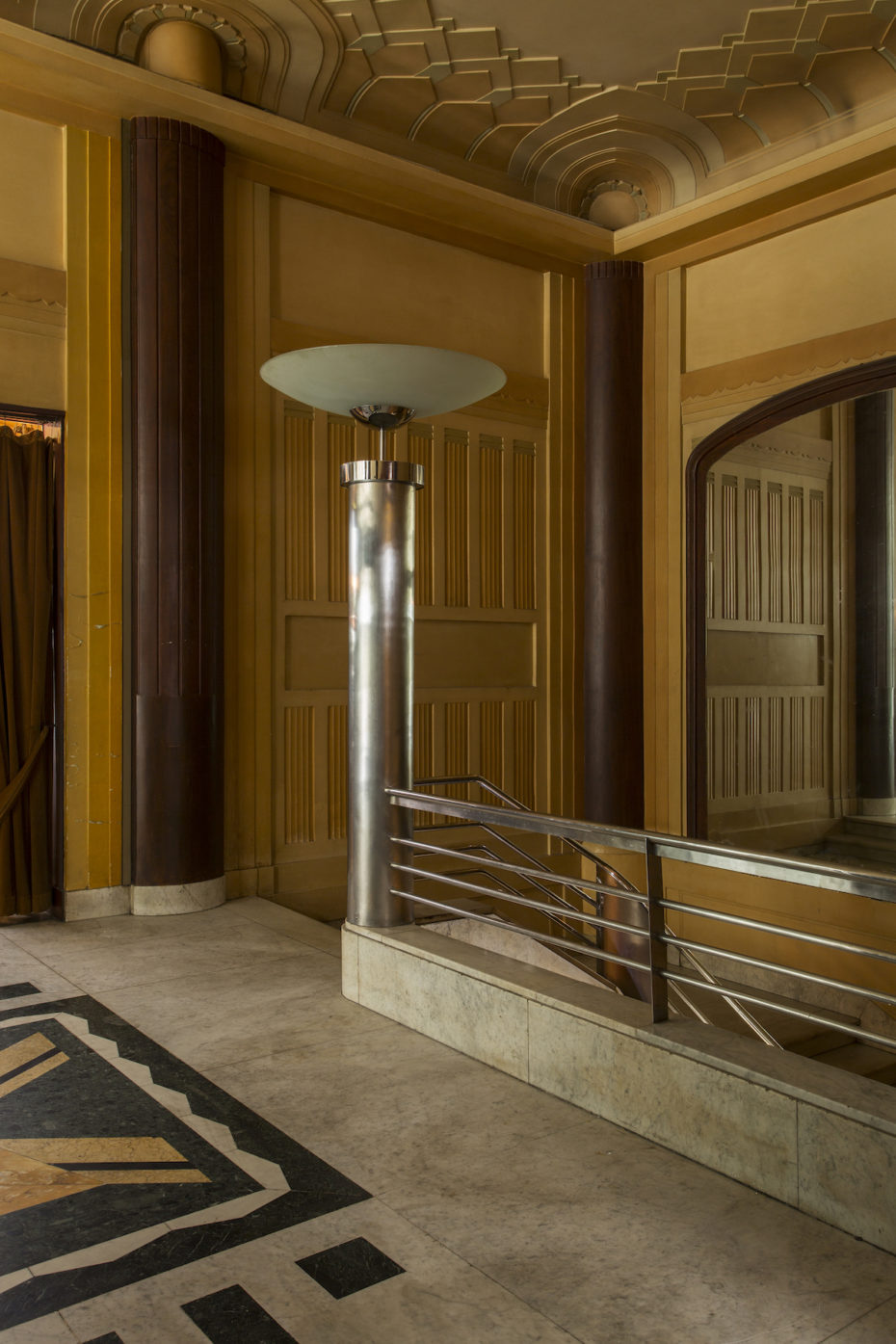
© Oskar Proctor
Art Deco & Art Nouveau – was the golden age of French brasserie design?
Whelan: I think so yes. It was a last hurrah in many ways, as the decorative arts clashed with Modernity creating these magnificent organic (Nouveau) and dynamic (Deco) forms. There’s something so energizing about these two movements. These cavernous restaurants have been emulated at great expense, but never bettered.
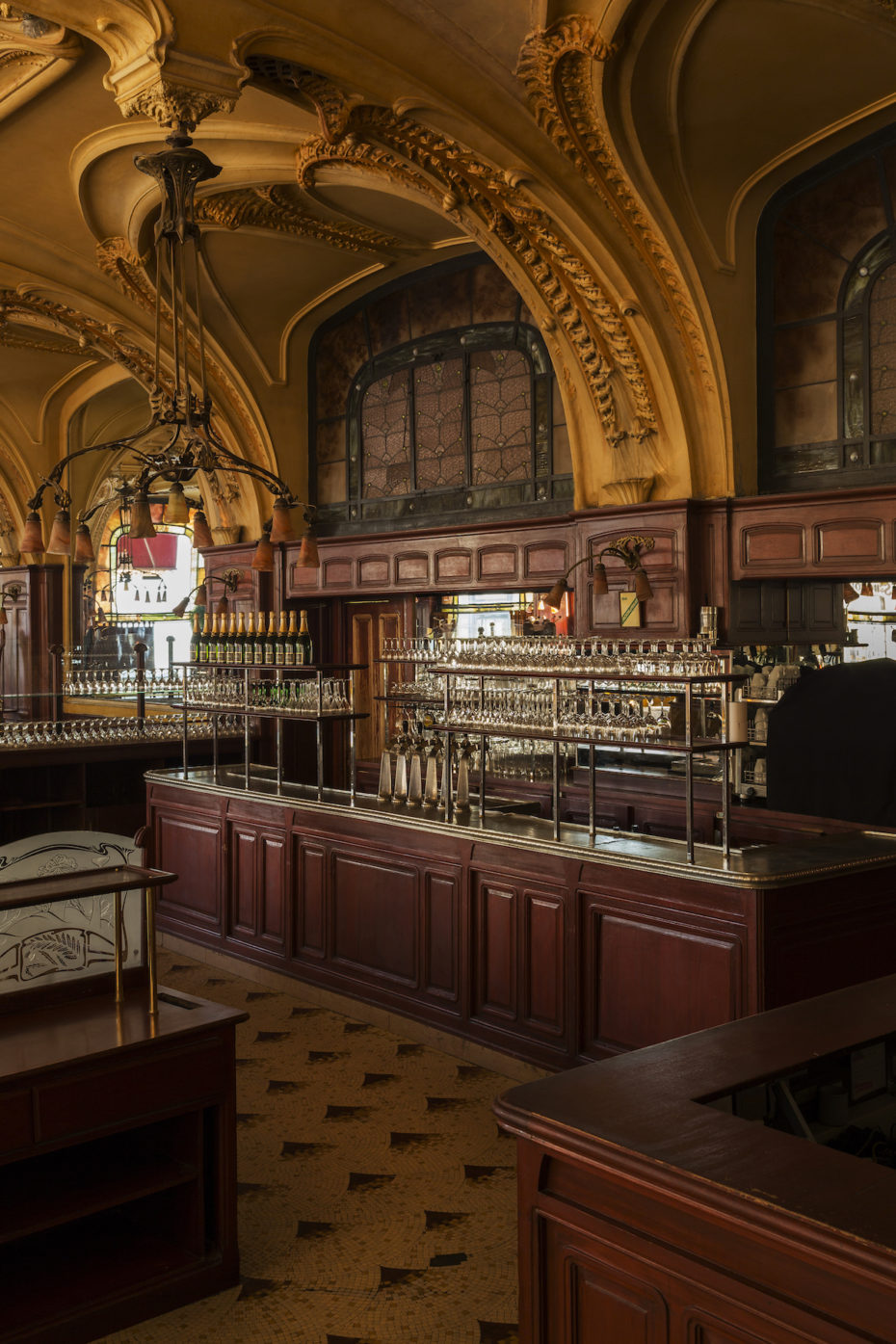
© Oskar Proctor
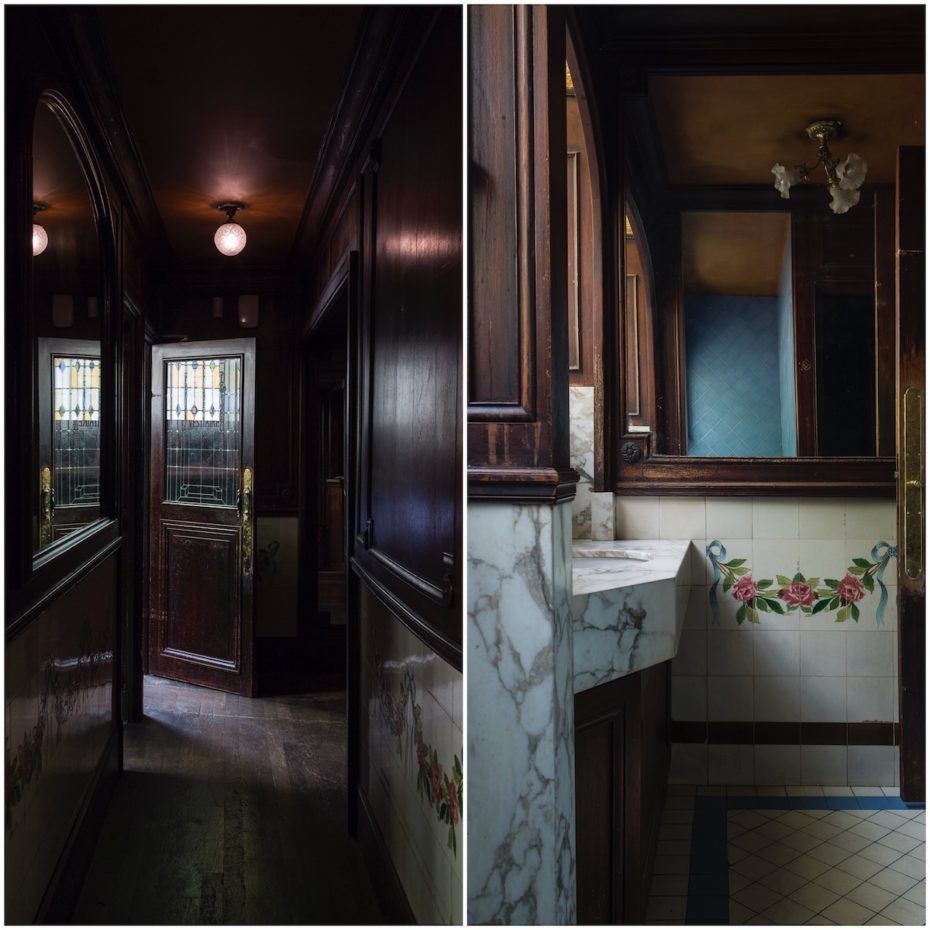
© Oskar Proctor
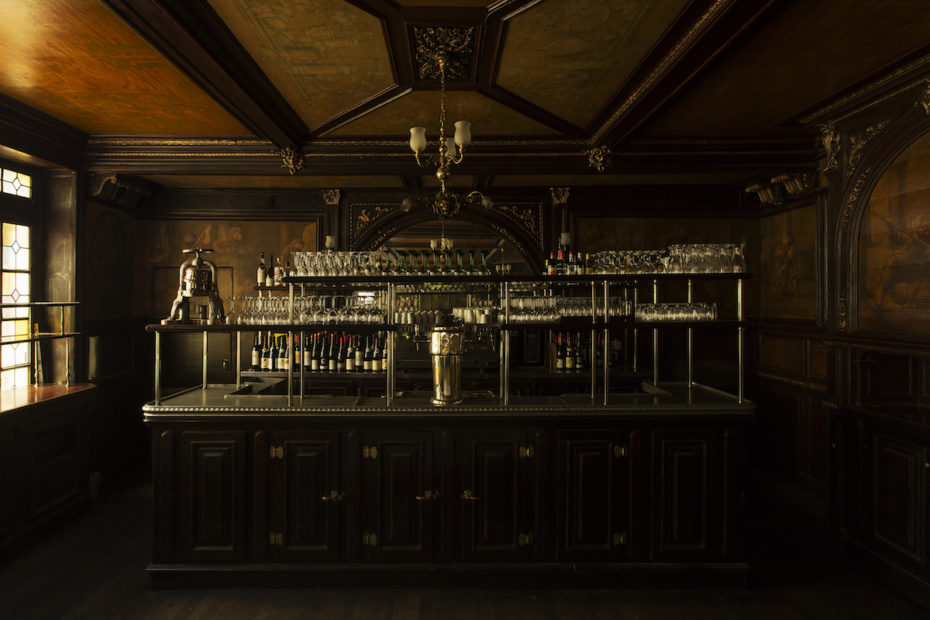
© Oskar Proctor
Can you tell us about any surprising discoveries you uncovered inside these historic brasseries during renovation?
Whelan: Upon walking in to Brasserie Julien, I was unconvinced by the dirty nicotine patina paint on the wall, that is extremely generic in Paris. Looking at the subtle colours in the floor tiles, the ceiling stained glass and the ornaments on the walls, I was sure that the color was something else. Sea green in fact. So we performed a ‘stratigraphy’ with a qualified expert who revealed the layers of paint over time…and sure enough back at the start there was a spectacular sea green color (known as ‘celadon’ in French). This color was typical of oriental pottery in the 19th Century, a huge inspiration for the Art Nouveau pioneers. We are painting the brasserie this original color over August, which is quite the undertaking given the ceilings are 6 meters high!
This will be the 5th brasserie completed by The Guild of Saint Luke, late summer 2018.
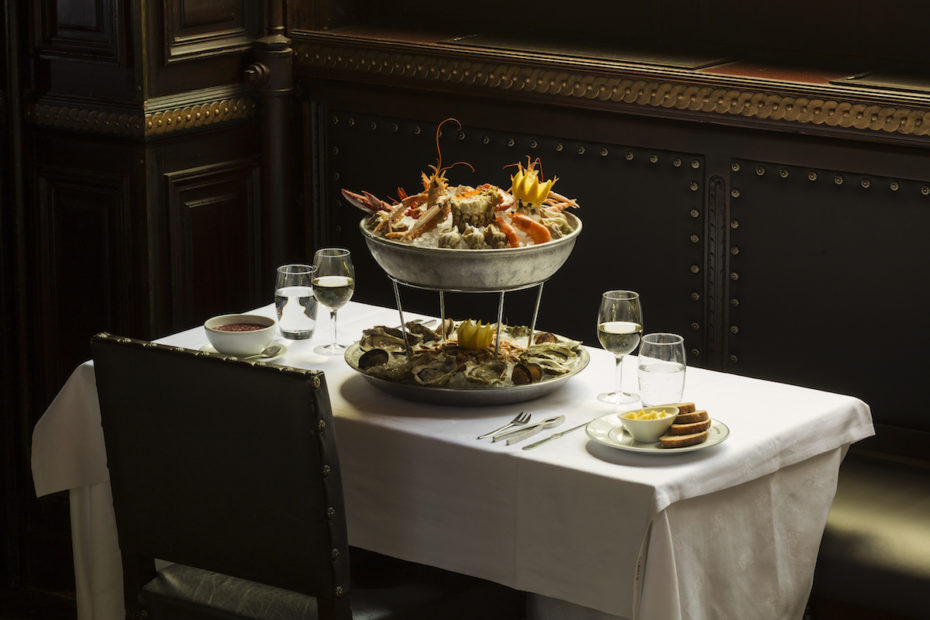
© Oskar Proctor
To gain the respect of the waiter at a classic French brasserie, what should you order?
Whelan: Snails as a starter and then choucroute if you are at Brasserie Floderer (an Alsation Sauerkraut dish) or ‘tete de Veau’ (veal head) in any of the others. They will know you’re serious if you do that.
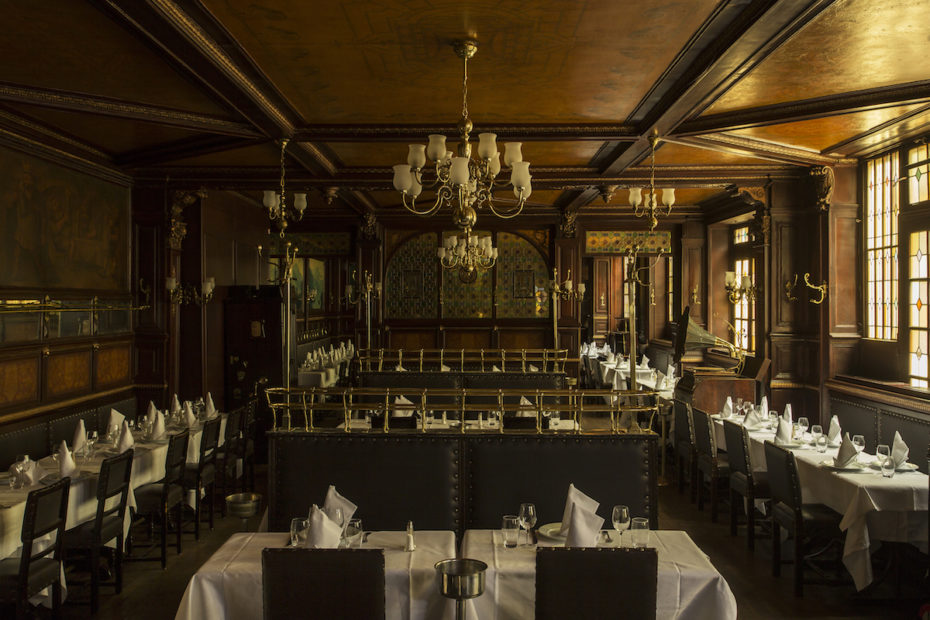
© Oskar Proctor
Why should someone go to a classic French brasserie over a trendy modern restaurant in Paris? Preach!
Whelan: Ha, this one’s easy. First of all, the portions are of a decent size, so if you want your meal to sustain you, rather than leaving you lightheaded and irritable, go to a brasserie. Secondly, if (like me) you are allergic to bullshit or pretentiousness, avoid the trendy modern restaurant. More often than not, the recipes served therein aren’t an improvement on the past but a violation of it. And last but not least, go to a brasserie if atmosphere is the thing that you look for most when choosing a restaurant. I don’t consider myself a ‘gourmand’ but I am moved by visual beauty. So I will always choose an historic brasserie on a dark winter’s evening. There’s nothing more nourishing for the soul than seeing the magnificent decor sparkling in the mirrors. It restores one’s faith in civilisation.
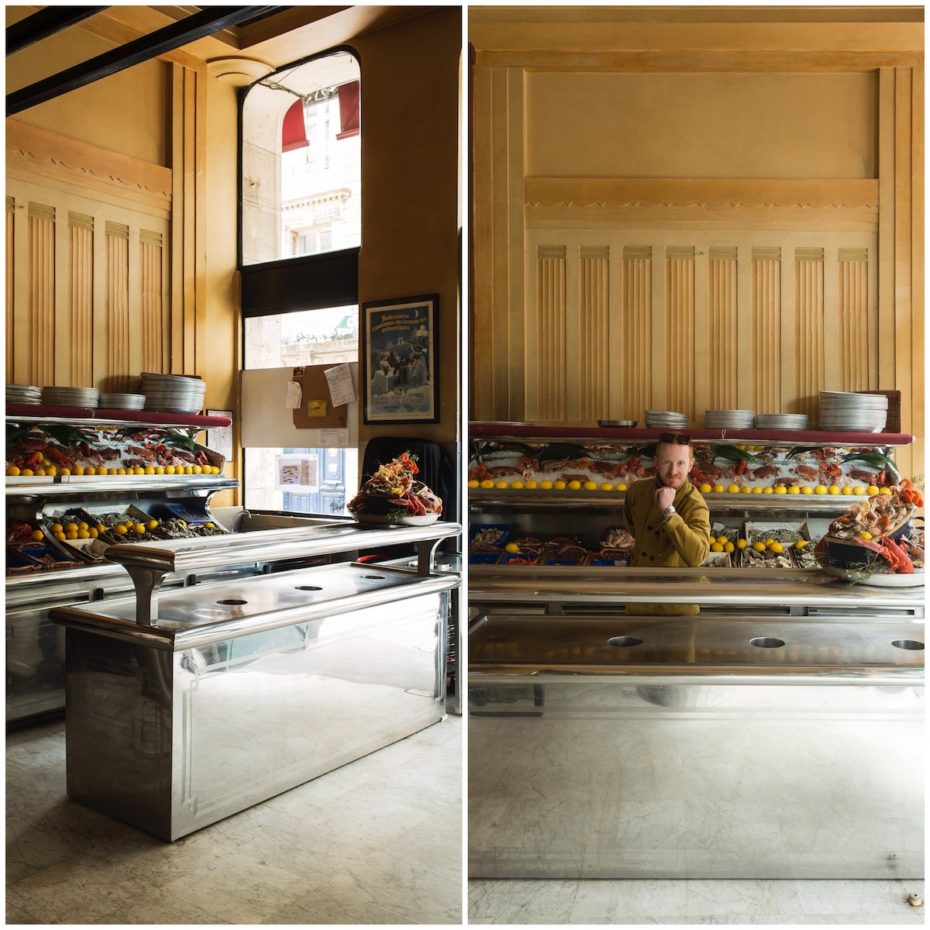
© Oskar Proctor
John Whelan is pictured above, behind the seafood bar of Brasserie Excelsior in Nancy. All imagery by Oskar Proctor.


